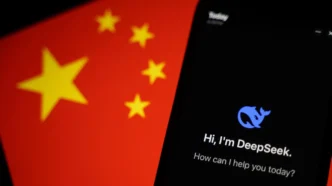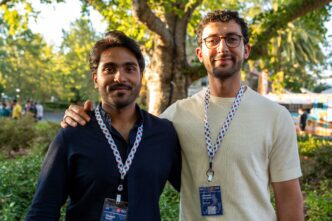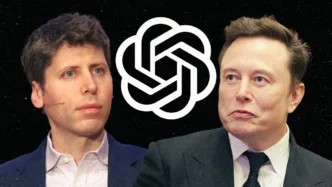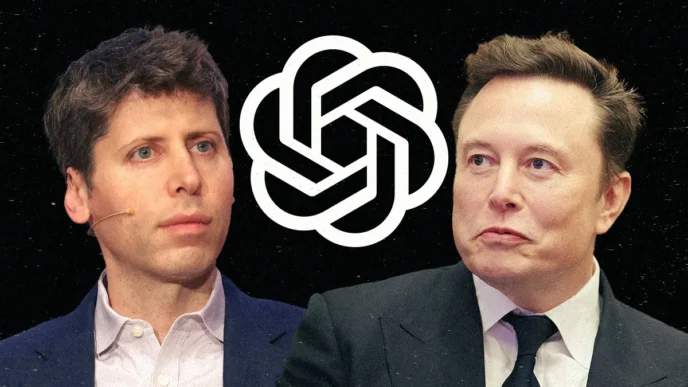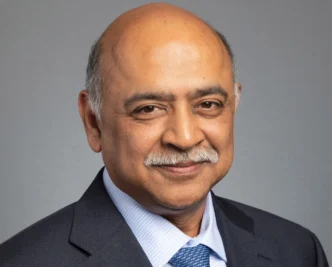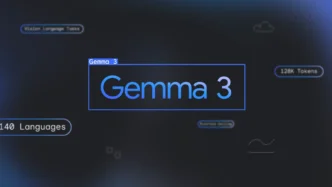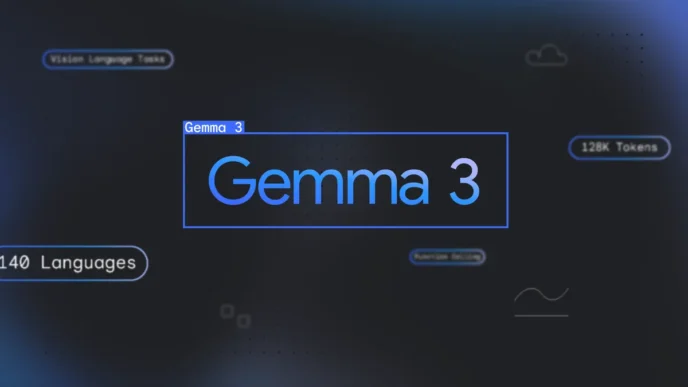Chinese AI startup DeepSeek is making waves in the global tech world, signaling a major shift in the balance of power traditionally dominated by the West. With smart innovations and efficient algorithms, China is proving it can compete at the highest level—even with limited access to advanced hardware.
Former Google China president and 01.AI CEO, Lee Kai-fu, says the AI divide between China and the US has shrunk dramatically. “The gap used to be six to nine months across the board. Now, China is only about three months behind in some areas—and even ahead in others,” he shared in a recent interview with Reuters.
DeepSeek’s R1 Model: A Game-Changer in Open-Source AI
On January 20, 2025—while Donald Trump returned to the White House—DeepSeek quietly rolled out its R1 model. This open-source large language model (LLM) rivaled ChatGPT-4 in performance, despite being developed at a fraction of the cost.
Instead of relying on cutting-edge chips blocked by U.S. sanctions, DeepSeek focused on algorithmic innovation. This strategy is now reshaping what’s possible in the world of AI.
Pushing Limits With DeepSeek V3
The momentum didn’t stop with R1. On March 25, 2025, DeepSeek released its V3 model, officially known as DeepSeek-V3-0324. This new version brought even sharper reasoning skills and higher benchmark scores.
For example, it achieved a 59.4 on the American Invitational Mathematics Examination (AIME)—a massive jump from its earlier 39.6. On LiveCodeBench, it climbed 10 points to 49.2.
One standout test showed the model generating a fully responsive, mobile-optimized website with just 958 lines of code. As Petri Kuittinen, a lecturer at Finland’s Häme University, noted on X, DeepSeek is “doing all this with just 2% of OpenAI’s budget.”
Market Signals: Wall Street Reacts to Chinese AI Surge
When DeepSeek’s R1 model launched, U.S. markets took notice. The Nasdaq dropped 3.1%, while the S&P 500 slipped 1.5%, suggesting investors are rethinking assumptions about Western dominance in AI.
The implications are far-reaching. China’s emphasis on low-cost, open-source AI tools may expand access for startups and governments in developing regions—reshaping how innovation is distributed globally.
Both countries are racing to build out their AI ecosystems. The U.S. recently unveiled its $500 billion Stargate Project, while China plans to invest over 10 trillion yuan (about $1.4 trillion) in tech by 2030.
Geopolitics, Supply Chains, and the Environmental Cost of AI
This fast-paced AI growth is creating new geopolitical pressures. South Korea, for instance, now depends on China for five of the six key raw materials used in chipmaking. Global giants like Toyota, SK Hynix, Samsung, and LG Chem are deeply tied to these supply chains.
As AI infrastructure grows, so do its environmental costs. The Institute for Progress estimates the U.S. must build five gigawatt-scale computing clusters within five years to stay competitive. Data centers could eat up 10% of U.S. electricity by 2030—more than double the 4% recorded in 2023.
Meanwhile, Greenpeace East Asia projects that China’s digital infrastructure will see a 289% increase in energy use by 2035.
Forced Innovation: How Sanctions Fueled Creativity
Ironically, U.S. chip sanctions may have sparked the very creativity they sought to stifle. Lee Kai-fu called the restrictions a “double-edged sword” that forced Chinese AI firms to innovate under pressure.
Jasper Zhang, a math Olympiad gold medalist and UC Berkeley PhD, tested the DeepSeek V3 model with a fresh AIME 2025 problem. “It solved it smoothly,” he said, praising the platform’s math abilities. His startup, Hyperbolic, now supports DeepSeek’s models on its cloud platform.
What’s Next: DeepSeek R2 Could Be Coming Soon
With DeepSeek-V3 showing serious gains, speculation is growing that the R2 model may launch ahead of schedule. AIcpb.com founder Li Bangzhu highlighted the new version’s improved coding skills, suggesting it could pave the way for the next major release—currently expected in early May.
The AI race between China and the U.S. is no longer about who has the most powerful chips. It’s about who can do more with less. As both countries push the limits of AI, their innovations are reshaping economies, influencing global security, and driving the next era of technological progress.
